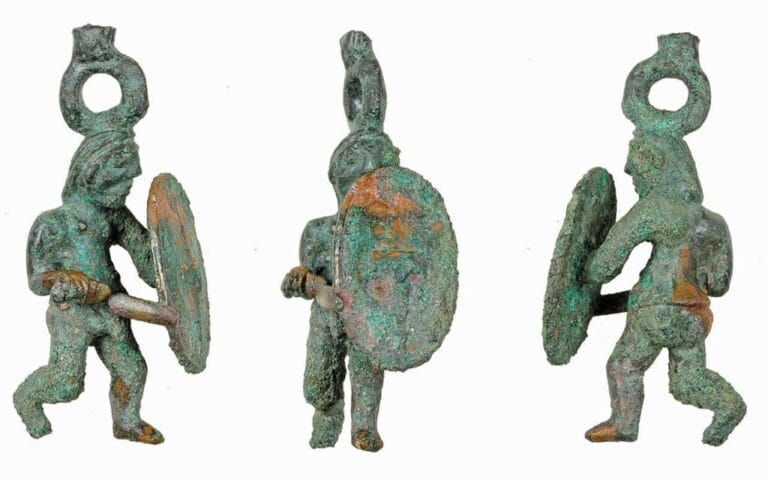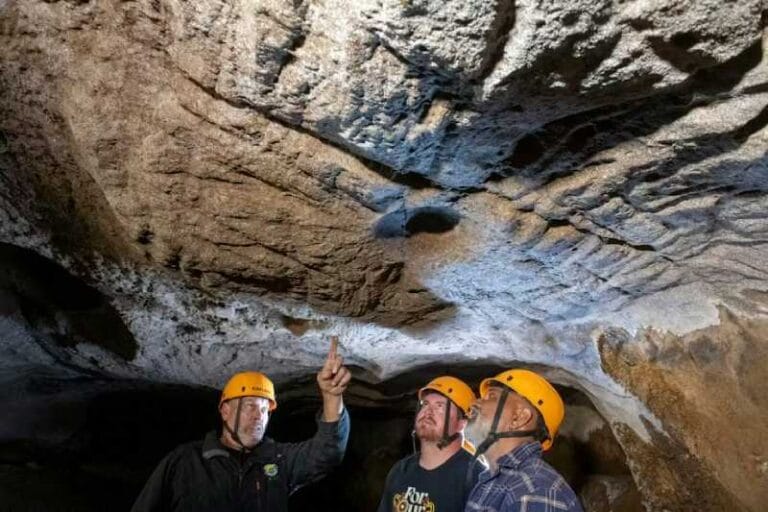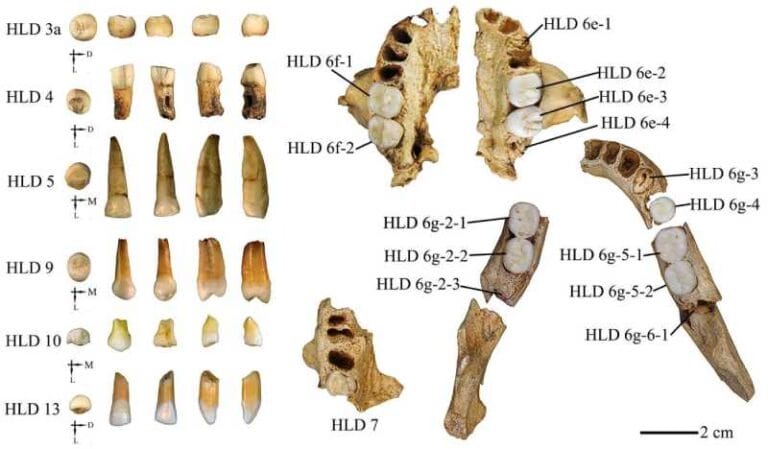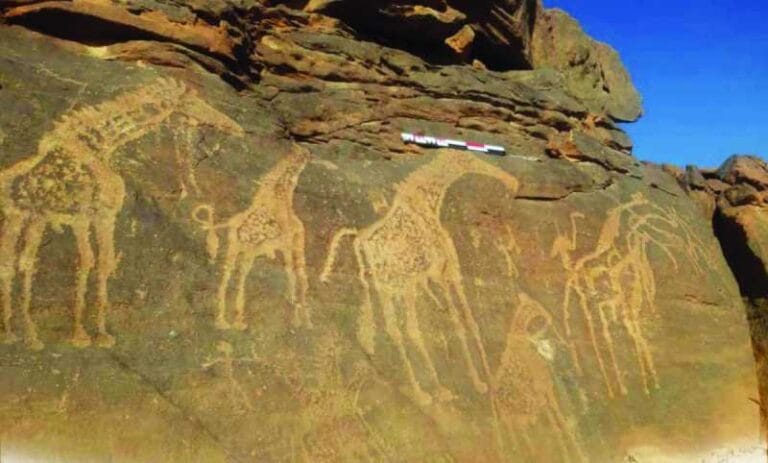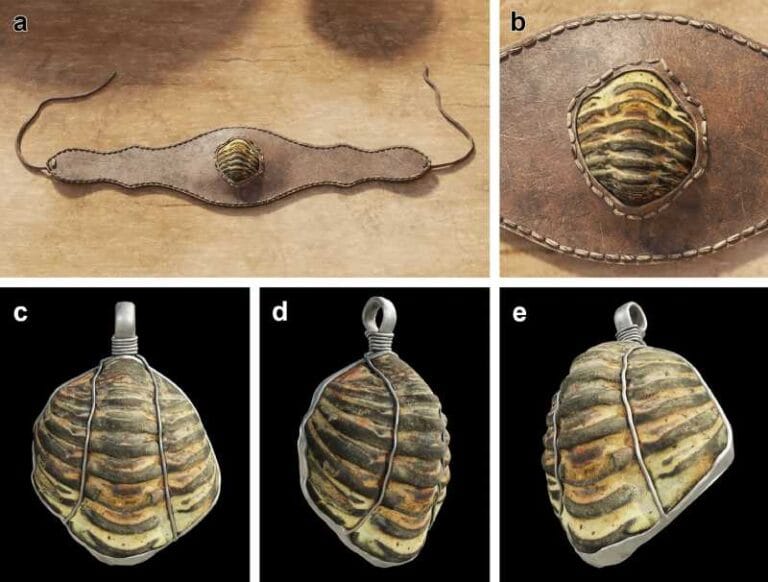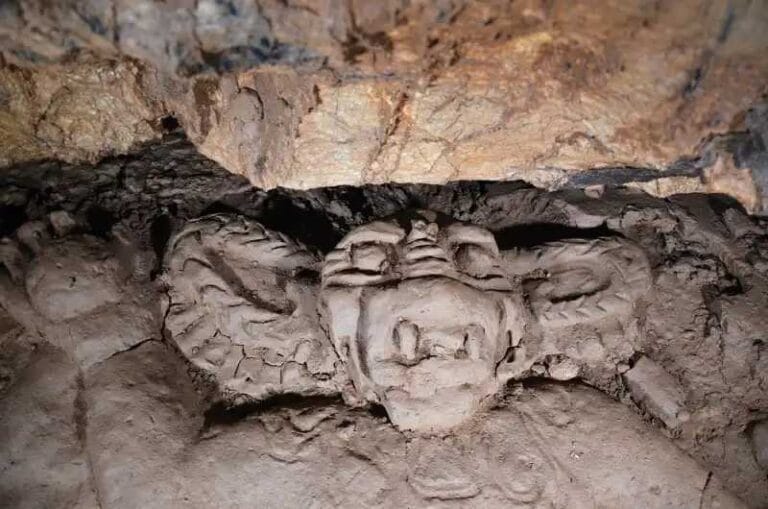Discovery of 4,000-Year-Old Burial Chamber in Asiut, Egypt

A funerary chamber dating back approximately 4,000 years, belonging to the daughter of an ancient Egyptian governor, was recently discovered in Asiut. This discovery took place in the context of the largest non-royal tomb of its time.
The funerary chamber, belonging to a woman named Edi, daughter of Jifai-Hapi, governor of Asiut in Upper Egypt during the reign of Pharaoh Sesostris I of the 12th Dynasty (1991-1778 BC), was identified by a joint archaeological mission between Sohag University in Egypt and Berlin University in Germany.
The excavations that led to the discovery took place in the tomb of Jifai-Hapi, located on the western mountain of Asiut, one of the largest non-royal elite funerary structures of the pharaonic period.

“Preliminary studies suggest that Edi died before the age of 40 and suffered from a congenital foot defect,” stated Mohamed Ismail, Secretary-General of the Supreme Council of Antiquities (SCA).
Archaeologists have reported evidence of looting and destruction at Edi’s burial chamber. The mummy was found to have been dismembered, and the jars used in the mummification process were also destroyed.
The expert clarified that the tomb housed two wooden coffins, carefully painted and placed one inside the other. These coffins were adorned with detailed texts describing the journey to the Afterlife, reflecting the Egyptian belief in life after death.

In addition to the coffins, the funerary space contained canopic jars, used to store the deceased’s organs, and various wooden figurines, likely related to funerary practices and spiritual protection in the context of the passage to the other world.
Nevertheless, the archaeological team unearthed a pair of carved figures, the coffin lid, and a portion of the woman’s remains within the chamber. A photograph depicts some of these discoveries.

“Unfortunately, the funerary chamber was looted in antiquity, so the mummy was found dismembered and the canopic jars destroyed,” added Ismail.
The Djefai-Hapi tomb, also known as Tomb 1, is the largest preserved rock-cut tomb belonging to a private individual from the Middle Kingdom in Egypt. According to an article about the site, the tomb was carved into a mountain and originally measured approximately 400 feet in length and over 30 feet in height. It comprised several rooms, an entry hall, and a garden.

Excavations and studies at the tomb will continue with the aim of deepening the knowledge about Governor Jifai-Hapi, his daughter Edi, and the historical context in which they lived. The ongoing investigations will allow for a more detailed understanding of the social position, funerary customs, and the political and cultural conditions of Upper Egypt during the reign of Sesostris I, as well as shed light on the practices and beliefs related to the non-royal elite of that period.
Asyut, also known as Assiut, is a region of central Egypt situated approximately 200 miles to the south of Cairo.

